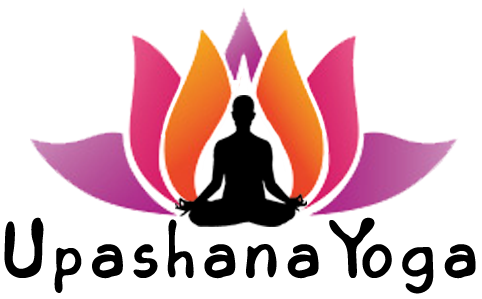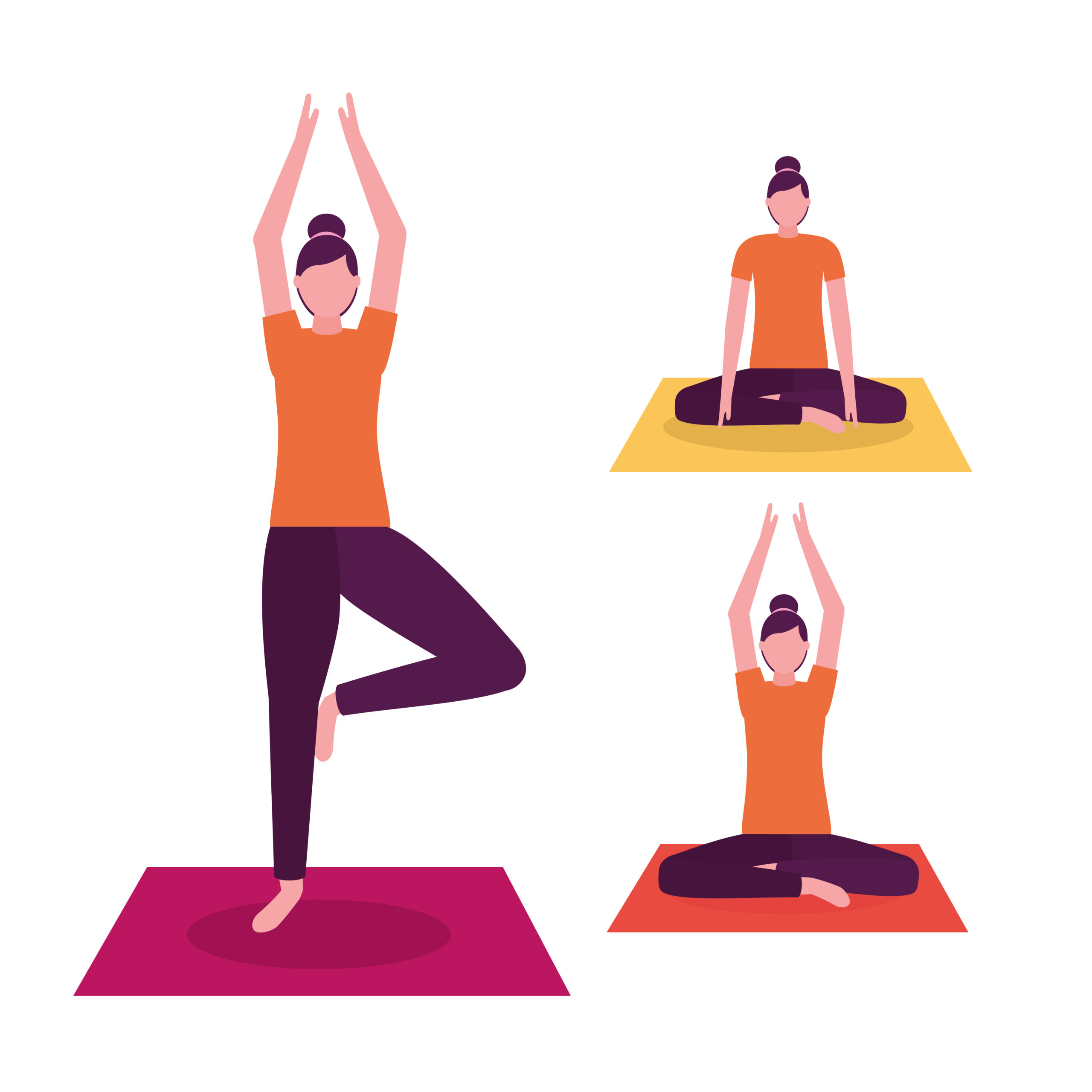
Siddhasana is an effortless and easy yoga pose, consider it a posture of meditation. So, it stands just after Padmasana. Siddhasana is easier than Padmasana. Though, Siddhasana has similar benefits to Padmasana.
What Is Siddhasana?
The word Siddhasana comes from two words in Sanskrit. One is Siddha. In Sanskrit, Siddha means to achieve, accomplish, or finish. So, basically, Siddha means yogi who has completed or succeded in the yogic path. Or, Siddha means an Adept Yogi. And Asana stands for sit, pose, or posture. In English, Siddhasana is known as Accomplished Pose or Adept Pose, or Perfect Pose. Siddhasana is an ancient yoga pose in Hatha Yoga.
Everyone can do Siddhasana. As Siddhasana is a very simple Yoga Pose to do.
Preparatory Poses For Siddhasana (Accomplished Pose):
One can do the following poses as the preparatory poses for Siddhasana. The preparatory poses are:
- Staff Pose (Dandasana)
- Easy Pose (Sukhasana)
- Cradle Pose (Hindolasana)
- Gracious Pose (Bhadrasana)
- Half Accomplished Pose (Ardha Siddhasana)
(Also Read: Malasana (Garland Pose): Steps, Benefits, And More)
Steps For Siddhasana (Accomplished Pose):
To get the proper benefits of doing Siddhasana, you have to know the exact steps to do it properly. So, below are the steps of Siddhasana.
Step1: Extend legs straight in Dandasana & bend the left leg
Sit in Dandasana together along with your legs outstretched in front of your torso. Bend your left knee and slide your left heel below your perineum (the vicinity between your anus and genitals)
Step2: Bend right leg over left leg & press pubis with right heel
Then bend your right knee and vicinity right ankle simply above the left ankle. Slide your right foot in order that your proper heel presses the pubis (simply above the genital area).
(Also Read: GARUDASANA: STEPS, BENEFITS AND MORE)
Step3: Tuck right toes in between left thigh & calf and sit up tall
To maintain your posture steady, tuck the feet of your right foot into your left thigh and calf.
Keep in thoughts your knees are touching the ground and if not then use the changed pose. Press your tailbone firmly into the ground and pull the crown of your head in the direction of the ceiling. Lengthen your backbone and maintain it impartial at the side of your neck.
Step4: Acquire Mudra to deepen the practice
In the conventional model of Siddhasana, yogis used to repair their gaze in among eyes in Shambhavi Mudra for meditation.
With fingers, both gather simple Gyan Mudra or vicinity fingers in Namaste at the heart center.
Step5: Release
You can maintain the pose for as long as feasible or can do pranayama, dhyana, or Japa for spectacular benefits.
Release the pose by slowly straightening the bend right leg in front of you then the left leg withinside an equal manner. Once you’re in the complete staff pose, get up slowly, and you then definitely start other practice.
(Also Read: Chaturanga Dandasana: Steps, Benefits, And More)
Follow-Up Poses For Siddhasana (Accomplished Pose):
After doing an Accomplished Pose, one can do the following poses as the follow-up poses for the Accomplished Pose. The follow-up poses are:
- Janu Sirsasana (Head-To-Knee Pose)
- Parivrtta Janu Sirsasana (Revolved Head-To-Knee Pose)
- Ardha Matsyendrasana (Half Fish Pose)
(Also Read: VIPARITA KARANI: STEPS, BENEFITS AND MORE)
Benefits Of Siddhasana (Accomplished Pose):
- Siddhasana purifies all 72,000 Nadis through the urgent motion of the heel towards the perineum (the area of Muladhara chakra and 3 fundamental Nadis, Ida, Pingala, and Sushumna).
Moreover, the purification of Nadis flushes the poor mind out, eases the Prana waft, and additionally assists in awakening Ajna Chakra, the psychic center. - It promotes flexibility in hip joints and the addition of guided inhaling brings cognizance to the tighter regions of your hips.
Sitting in Siddhasana for meditation & pranayama exercise calms the nervous system which offers a calming impact on each & every cell of our body. Further, it makes you more mindful and focused, reducing the signs and symptoms of stress & anxiety. - In Siddhasana, heels exert stress on the perineum to stimulate the reproductive hormones. So, this way, Siddhasana can also additionally assist in relieving the hassle related to the prostate (urinating and bladder control).
- In the reality, Accomplished Pose promotes the secretion of reproductive hormones, on regular exercise controls immoderate sexual desire. Thus it enables Bhramcharya.
- Accomplished Pose gives power to your pelvis, knees, and ankle joints. It’s encouraged to release the stiffness withinside the hips and muscular tissues of the groin and thighs. Furthermore, it improves the blood waft across the abdomen, groin, and legs.
(Also Read: Hamsasana (Swan Pose): Steps, Benefits, And More)
Precautions & Contraindications For Siddhasana (Accomplished Pose):
- If you have pain or injuries in the spine, knee, hips, ankles, etc. So you must not sit in this pose.
- If you have arthritis, so please don’t try this yoga. As this pose may compress your joints and cause inflammation.
- Siddhasana hinders the flow of blood to the sciatica nerve and might worsen the condition. So, do not practice this yoga pose in sacral infection and sciatica pain.
Conclusion:
Siddhasana is a very useful Yoga Pose to gather your thoughts and channel them productively. Though, consistency is the key to gaining the benefits of this asana. So, regularly practice this yoga and don’t reduce its intensity all of one sudden.
(Also Read: Supta Virasana: Steps, Benefits, And More)














Leave a Comment